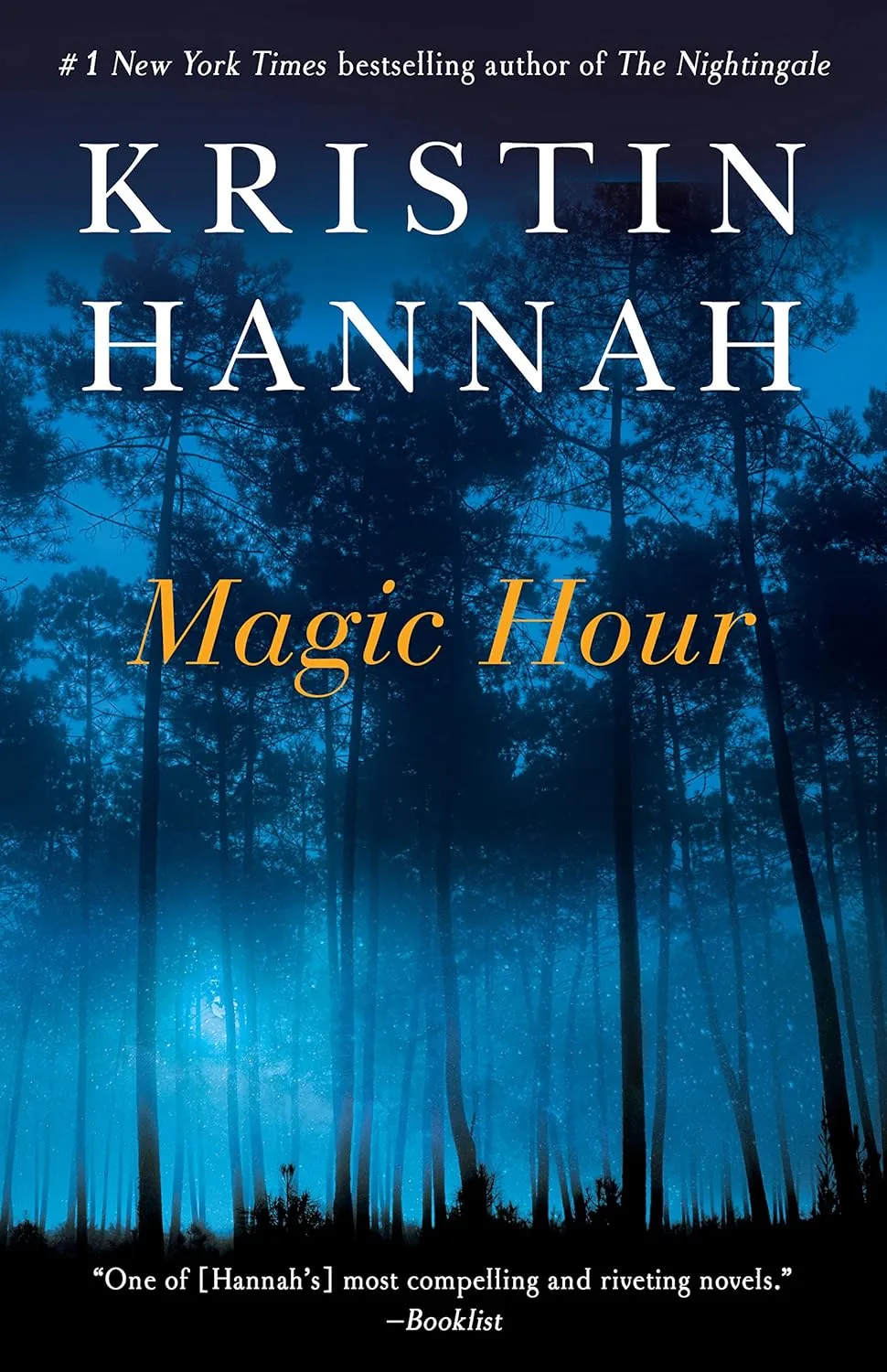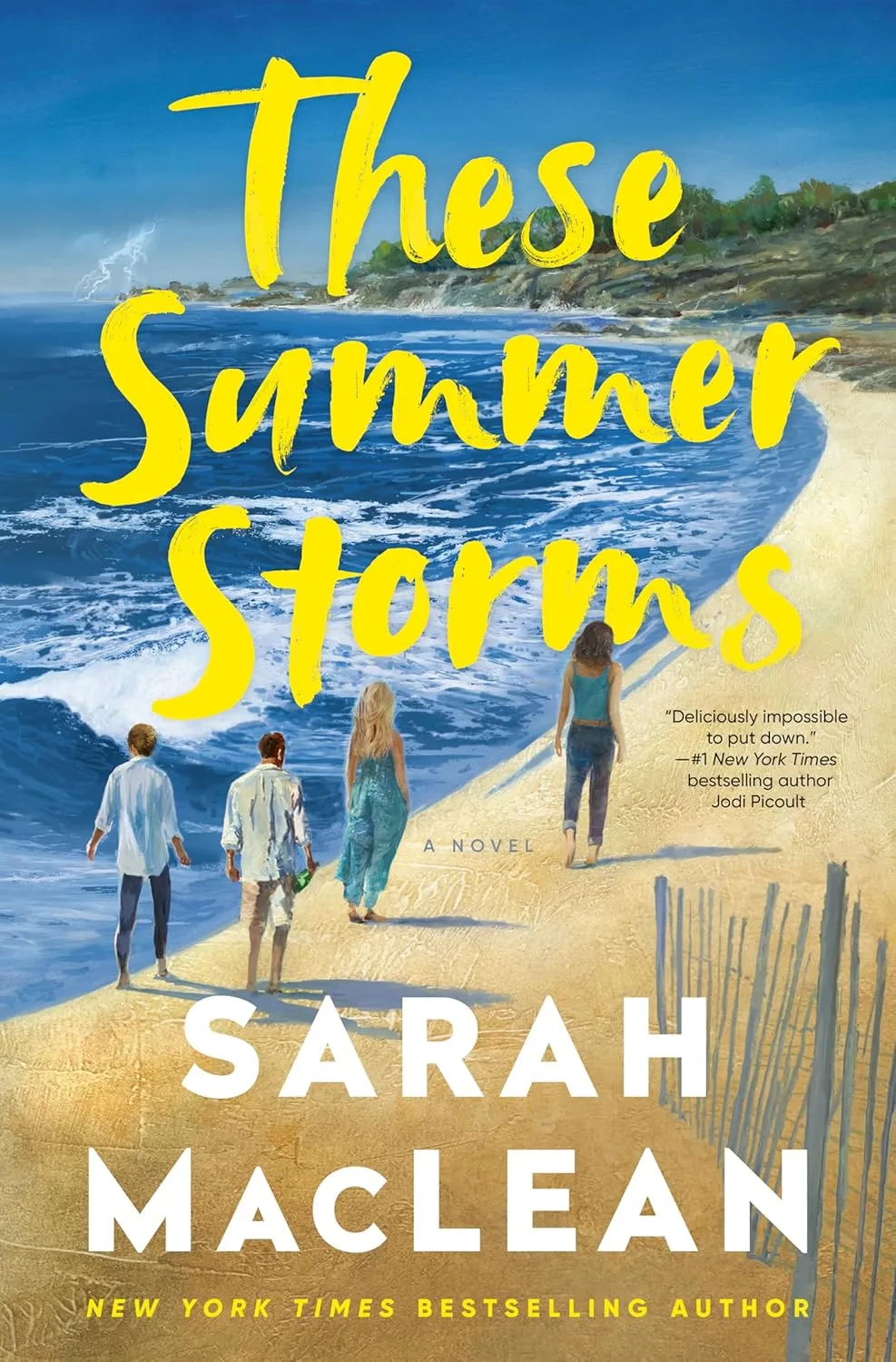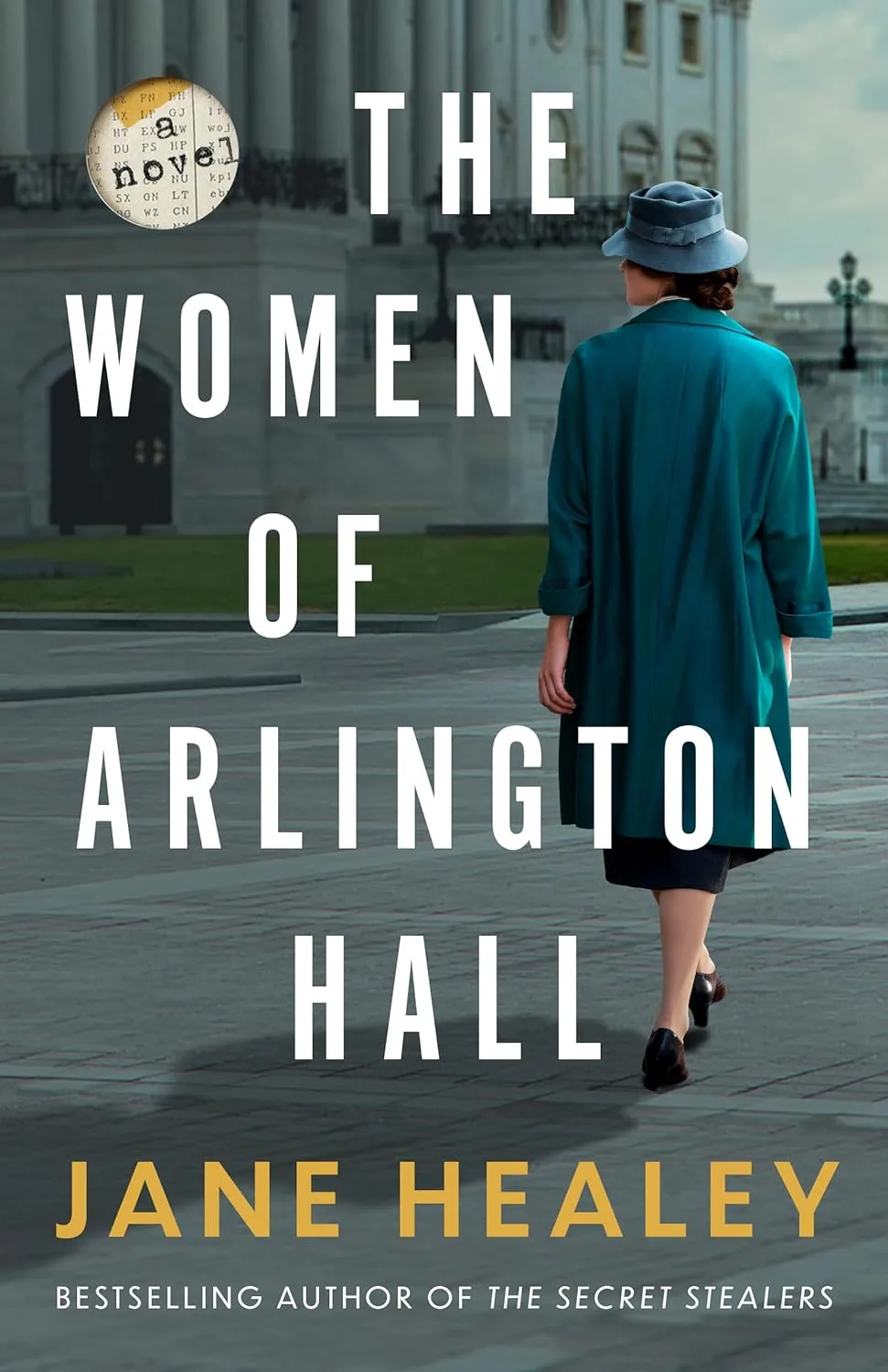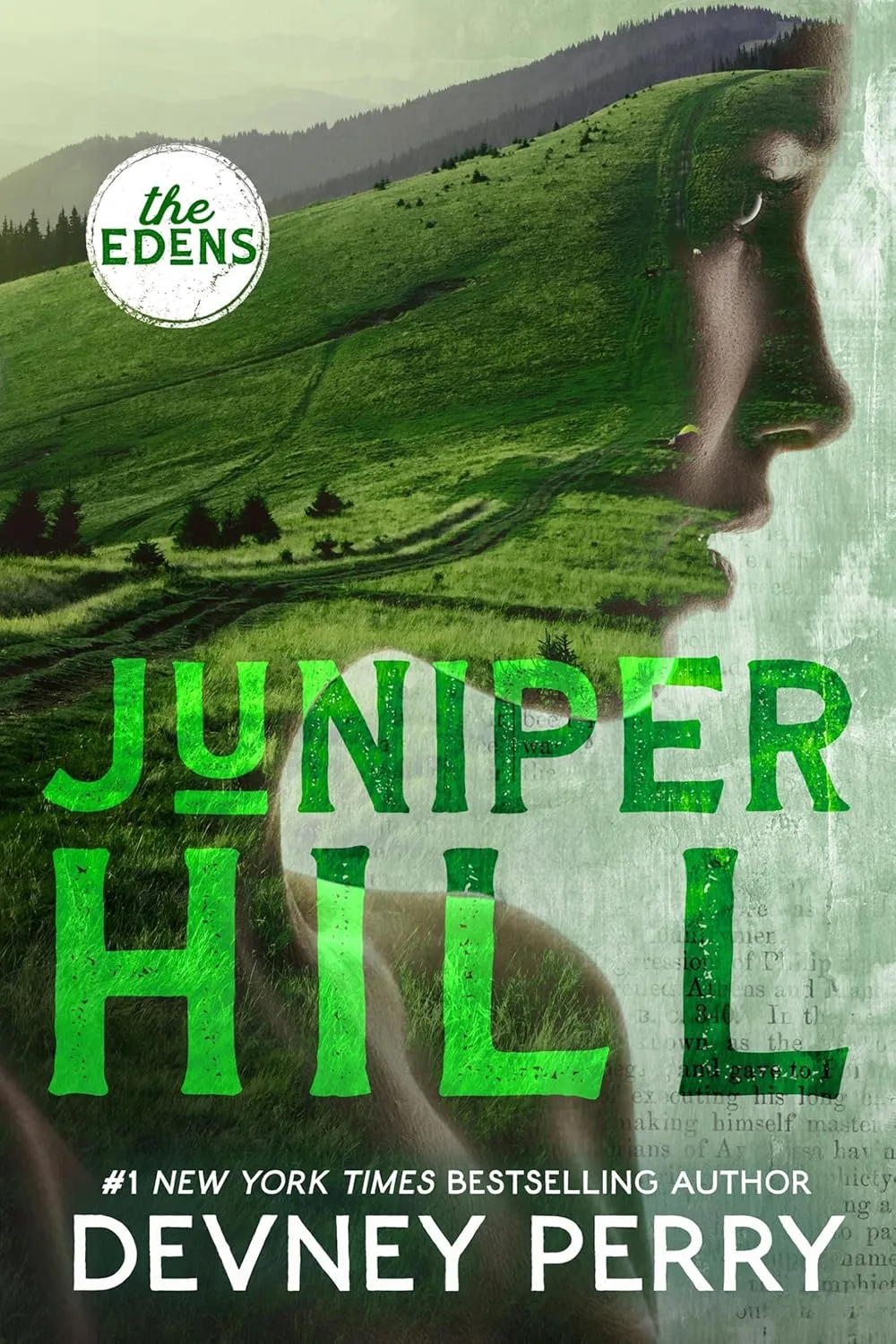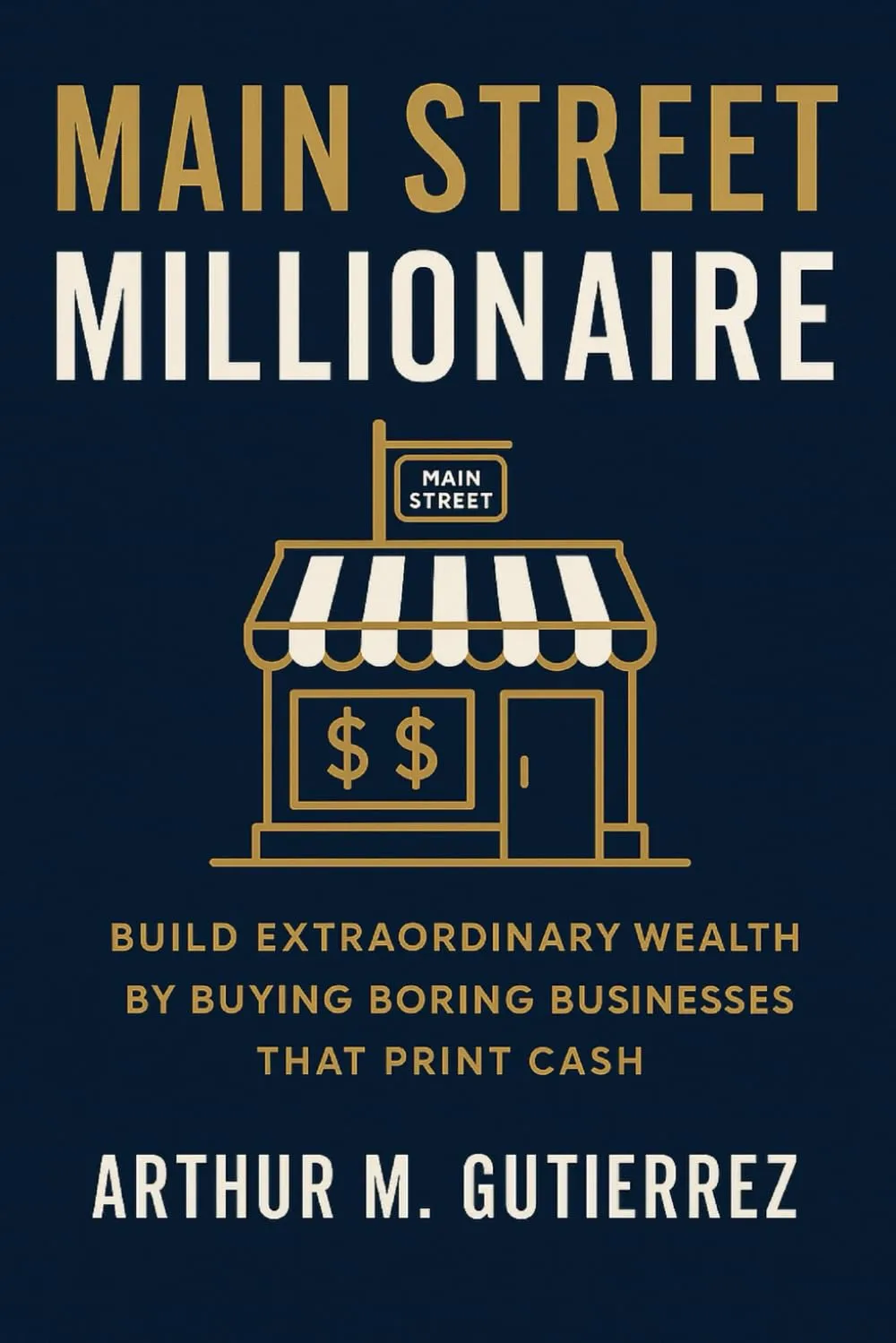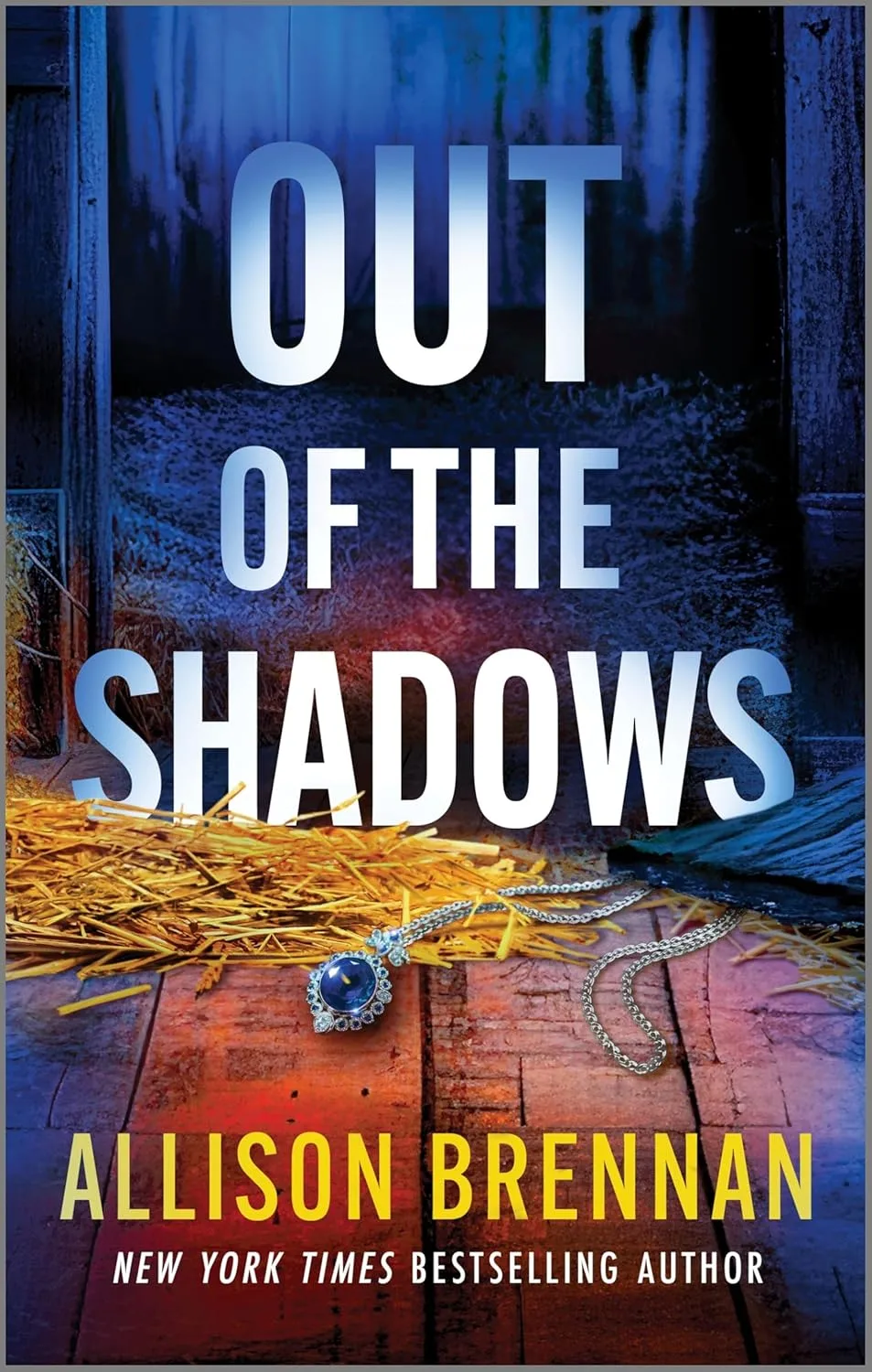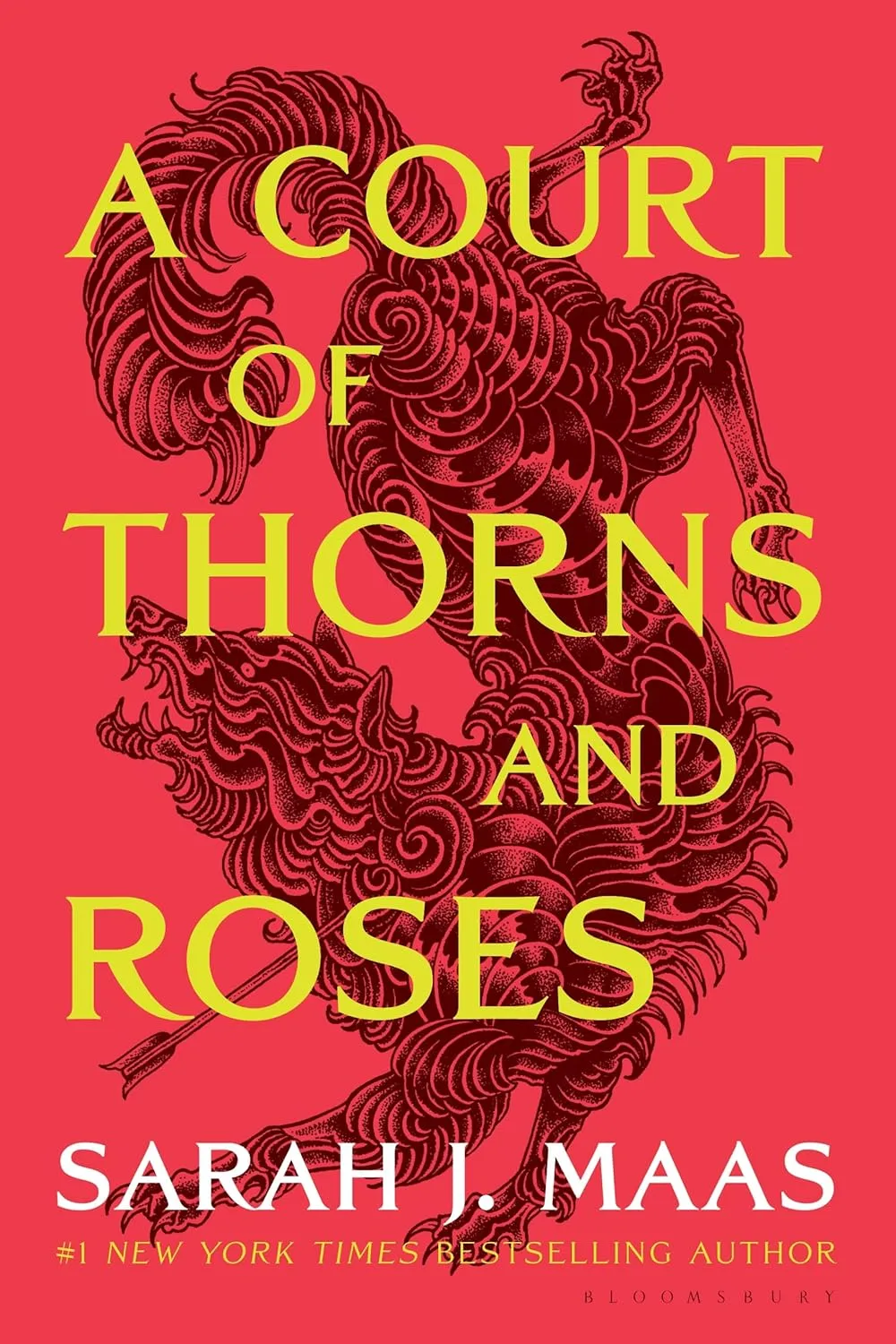📘 Book Summary
Magic Hour is a deeply emotional contemporary novel by Kristin Hannah that explores trauma, redemption, and the power of human connection. When a mysterious, traumatized child appears in the small town of Rain Valley, Washington, local police chief Ellie Cates reaches out to her estranged sister, Dr. Julia Cates—a once-renowned child psychologist whose career has been derailed by scandal. Julia sees the case as a chance for personal redemption and professional salvation.
As Julia works to unlock the secrets behind the silent girl’s past, whom she names Alice, she must confront her own emotional wounds and repair broken family ties. With sensitivity and grace, Hannah tells a moving story about healing, love, and the strength of the human spirit.
🔑 Key Takeaways
- Healing requires connection – Trauma recovery often depends on support from others, not solitude
- Love transcends boundaries – Sometimes the heart understands more than logic ever could
- Failure doesn’t define you – Redemption is possible even after public and personal setbacks
- Family relationships can be repaired – Estrangement doesn’t have to be permanent
- Identity matters – Names and recognition play a vital role in developing self-worth
- Faith and forgiveness are powerful – Believing in someone can help them believe in themselves
📚 Overview
Set in the tranquil yet haunting setting of Rain Valley, Washington, Magic Hour blends psychological drama with family narrative and subtle romance. Through the dual lenses of a mental health crisis and familial reconciliation, Kristin Hannah explores what it means to be human, to belong, and to overcome deep-seated wounds.
The novel challenges readers to confront the lasting effects of childhood trauma while emphasizing the healing potential of love, patience, and unconditional acceptance.
✍️ About the Author
Kristin Hannah is a #1 New York Times bestselling author renowned for her emotionally rich novels focused on women, family, and resilience. A former lawyer turned novelist, Hannah has written more than 20 books, including The Nightingale, Firefly Lane, and The Four Winds.
Of all her works, she has cited Magic Hour as one of her top three personal favorites, stating that the character Alice is “probably my all-time favorite creation.” Her personal experiences as a mother and her legal background lend authenticity to her portrayals of trauma, healing, and interpersonal dynamics.
🌟 Reception and Impact
Magic Hour has been widely praised for its compassionate portrayal of childhood trauma and emotional recovery. Readers describe the novel as “captivating from the first page” and emotionally resonant, particularly in its depiction of the bond between Julia and Alice.
Critics commend Hannah for blending accessible prose with genuine emotional stakes. While some have noted limitations in the psychological realism, most agree the story succeeds in delivering a deeply moving, hopeful experience.
🌍 Plot and World-Building
The story unfolds in Rain Valley, a sleepy town in the Pacific Northwest where life is quiet—until a young, mute girl emerges from the forest, clearly traumatized and isolated. This setting provides both a literal and metaphorical backdrop: the dense forest symbolizes Alice’s psychological isolation, while the town reflects both confinement and community.
Hannah contrasts the safety of small-town life with the untamed, wild places of the world—and the psyche—creating a compelling tension between shelter and exposure, comfort and confrontation.
🎭 Main Storyline
After her career collapses under the weight of a tragic scandal, child psychologist Julia Cates isolates herself in Los Angeles. When her sister Ellie, Rain Valley’s police chief, discovers a mute, wild child wandering alone from the forest, she calls Julia for help.
Julia names the girl Alice and sets out to reach her, drawing on every tool in her professional arsenal—and every ounce of empathy in her heart. As she works to uncover Alice’s past and help her regain her voice, Julia must also repair her strained relationship with Ellie and confront her own professional insecurities.
Helping Alice turns out to be more than a clinical case—it becomes a mission of the heart, aided by a local psychiatrist, Dr. Max Cerrasin, who harbors secrets of his own. When shocking revelations come to light, Julia is faced with a choice that will test her faith in herself, in others, and in the possibility of redemption.
👑 Key Characters and Themes
Dr. Julia Cates
A former star psychologist seeking redemption and meaning after public disgrace. Julia represents resilience, compassion, and the drive to do what’s right despite personal pain.
Alice
A feral child shaped by unimaginable trauma, whose silence speaks volumes. Alice’s journey symbolizes the power of love, trust, and community in overcoming darkness.
Ellie Cates
Julia’s sister and Rain Valley’s police chief. She balances duty with emotional vulnerability, and her evolving relationship with Julia underscores themes of forgiveness and family healing.
Dr. Max Cerrasin
A local psychiatrist with a complex past who becomes both a romantic interest and emotional support for Julia.
Major Themes
- Childhood trauma and recovery
- Family estrangement and reconciliation
- The role of names and identity in healing
- The emotional demands on mental health professionals
- Feral children and psychological reintegration
- Faith, forgiveness, and second chances
🧠 Who Should Read This?
This book is ideal for:
- Readers who enjoy emotionally rich contemporary fiction
- Fans of authors like Jodi Picoult or Liane Moriarty
- Those interested in child psychology or therapeutic relationships
- Readers who appreciate Pacific Northwest settings and atmospheric storytelling
- People drawn to stories of redemption, trauma recovery, and sibling relationships
⚠️ Content Note: The novel deals with sensitive themes, including child abuse, neglect, and emotional trauma. Readers should approach with awareness.
💬 Best Quote
“The ordeal that follows will test the limits of Julia’s faith, forgiveness, and love, as she struggles to ascertain where Alice ultimately belongs.”
This line captures the novel’s emotional and thematic core—the quest to help someone heal while healing yourself.
📚 Final Thoughts
Magic Hour is a heartfelt, character-driven exploration of how love and community can mend even the deepest wounds. Kristin Hannah demonstrates her signature strengths—emotional depth, empathetic storytelling, and a keen understanding of human fragility.
While not without its imperfections, the novel offers a powerful message: healing is possible, even from unthinkable trauma, when people show up for each other with patience, love, and faith. For those seeking a story of redemption and reconnection, Magic Hour delivers both tears and hope in equal measure.
👉 Read This If You…
- Appreciate stories about trauma and emotional healing
- Enjoy books with strong female leads and sisterhood dynamics
- Work in or are interested in mental health and psychology
- Prefer novels with romantic subplots woven into deeper narratives
- Are a Kristin Hannah fan or exploring her earlier works
- Want an uplifting, emotionally charged read with literary weight
❓ FAQ
Q: Is this book based on real feral child cases?
A: While fictional, Hannah incorporated research on feral children, though some readers have noted that certain psychological portrayals may be simplified or dramatized.
Q: How does Magic Hour compare to Hannah’s other novels?
A: It’s one of her earlier works, focusing less on historical settings but offering the same emotional resonance seen in The Nightingale or Firefly Lane.
Q: Is the ending believable?
A: The ending leans toward hopeful and redemptive. While some may find it idealized, many readers appreciate its emotional closure.
Q: Are there triggering themes?
A: Yes—child abuse, trauma, and psychological distress are core to the story. Reader discretion is advised.

